12 Crazy Mysteries of Our Planet We’ve Yet to Unravel
We’ve explored our planet core to surface and seem to be ready for space, yet Earth isn’t at all done surprising us.
FunnyModo shares with you 12 facts about our world that we don’t have an explanation for.
We’ve never reached the mantle
Seismologists think the inner core of our planet is solid, while the outer one is liquid and molten. Next is the mantle upon which the crust is gliding. However, we still have no idea what it consists of because we’ve never reached it: its depth is from 30 to 2,900 km, and the deepest well mankind has dug so far is the Kola borehole in Russia, which is just 12.3 km deep.
Fact: scienceline, quora
The poles can change
Earth’s magnetic poles can move and even change direction altogether, and scientists found out that it’s happened many times. The latest switch happened 10 million years ago and will probably occur again, but no one knows why.
Fact: scientificamerican
We used to have two moons
Astronomers say Earth had two satellites about 4.6M years ago. The second one was about 1,200 km across and went around the same orbit the Moon does until they collided. Such a cataclysm may explain why the two sides of the Moon are so different.
Moonquakes
By the way, few know that there are earthquakes on the Moon too. Unlike our ones, though, they’re not quite as powerful and occur very rarely. There’s a version that they happen because of the tidal forces of the Sun and Earth, as well as falling meteorites.
Earth spins really fast
Earth is spinning at 1,600 km/h, and its movement around the Sun is even faster at 108,000 km/h. We, though, can only feel the movement when its speed changes. Because of the constant speed and the force of gravity, we don’t feel it at all.
Fact: nasa
Time is “growing”
620M years ago, a day on Earth lasted 21.9 hours. Earth is gradually slowing down, but it happens at a rate of about 70 msec per 100 years, so it would take 100M years for a day to last 24 hours.
Strange gravity
Our planet isn’t a sphere, so there are high- and low-gravity areas on it. One such anomaly is Hudson Bay in Canada. Scientists found out that weak gravity there is due to the low density of Earth because of rapid glacier meltdown.
Fact: science
The hottest and coldest points on Earth
The hottest place on the planet is in ’Aziziya, Libya, with temperatures of up to +58°С. The coldest one is the Antarctic, where it goes down to −73°С. But the lowest observed temperature was registered at the Russian Vostok Station on July 21, 1983 (-89.2°С).
The planet is severely polluted
This is not really news. However, astronauts say that in 1978, the view of Earth was rather different from what we see now. With lots of space debris and waste, our blue-green-white planet is becoming brown-gray-black.
Fact: chicagotribune
Earth consists of iron, oxygen, and silicon
If we separated the constituents of our planet, it would look like this: 32.1% iron, 30.1% oxygen, 15.1% silicon, and 13.9% magnesium. Most of the iron (about 90%) is considered to be contained in the core, while the crust contains the most oxygen (47%).
Fact: sciencing
Earth used to be purple
Ancient plants used retinal instead of chlorophyll to absorb light, which made them reflect back red and blue, not green, giving purple as a result. Incidentally, certain bacteria still use retinal.
Fact: livescience
A hidden ocean
Scientists found a huge water pool deep below Earth’s surface at 410-660 km. It’s 2.7 billion years old and has been found thanks to ringwoodite contained in the mantle. The water is under immense pressure, and its volume is enough to fill all Earth’s oceans three times over. This gave birth to a theory that the oceans appeared because of an underground ocean explosion.
Fact: theguardian

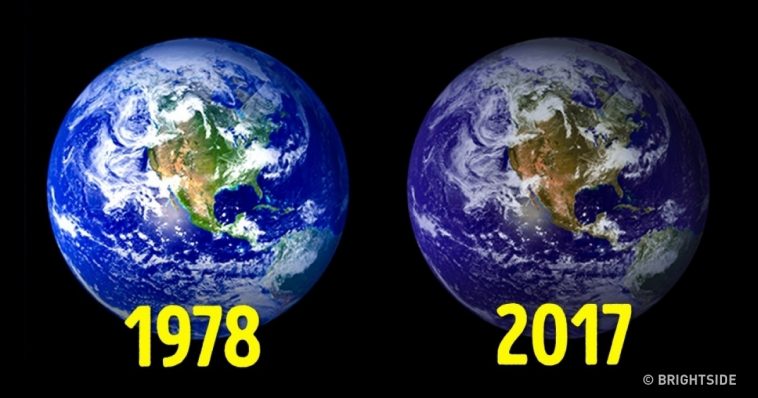
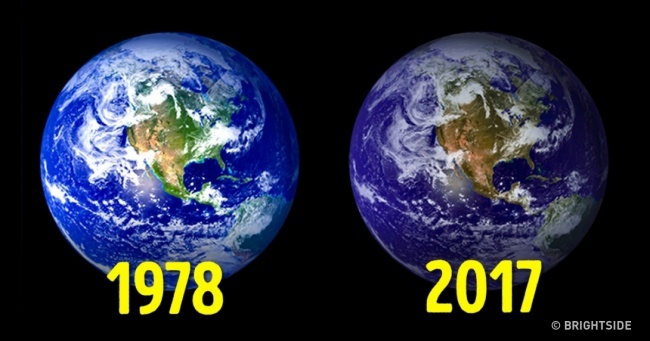
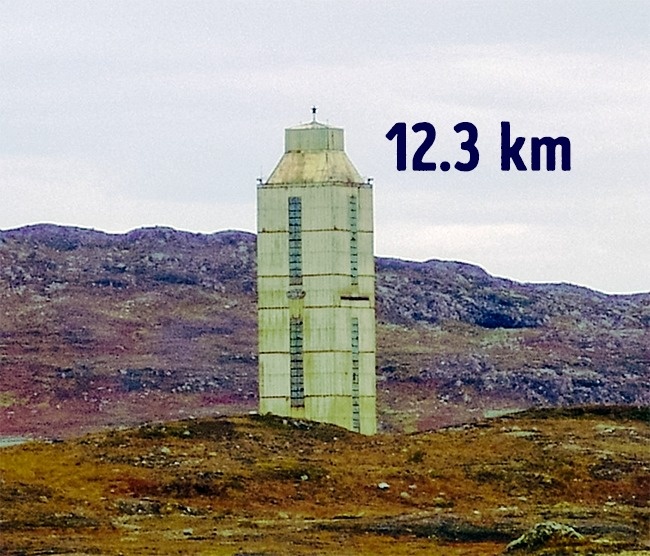
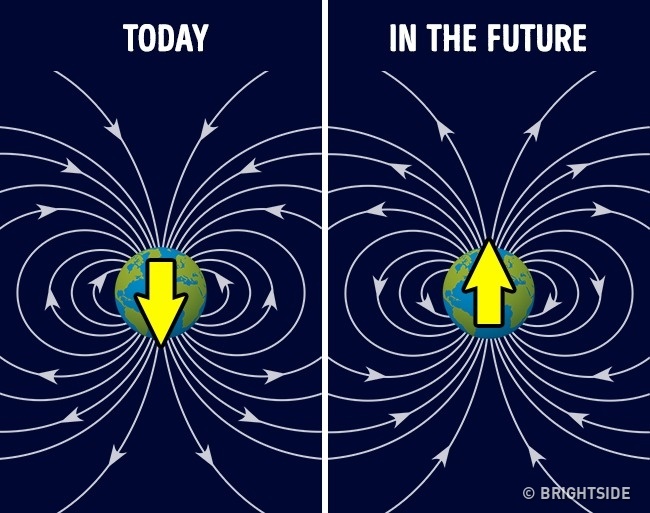
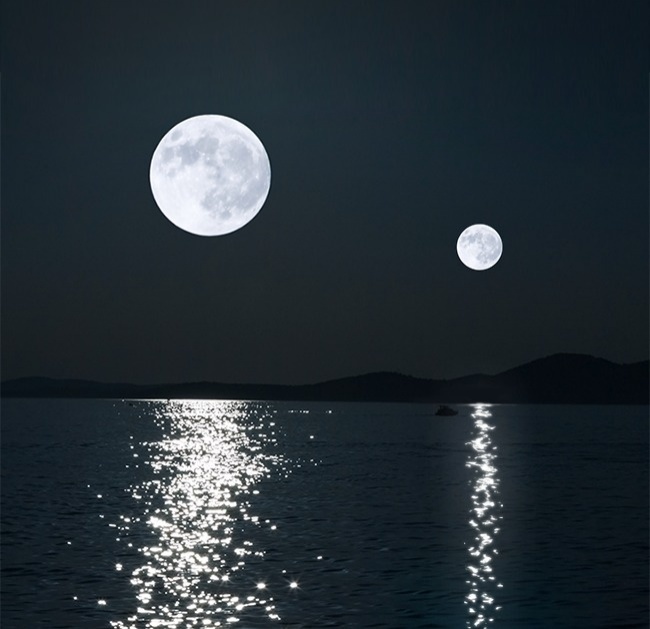
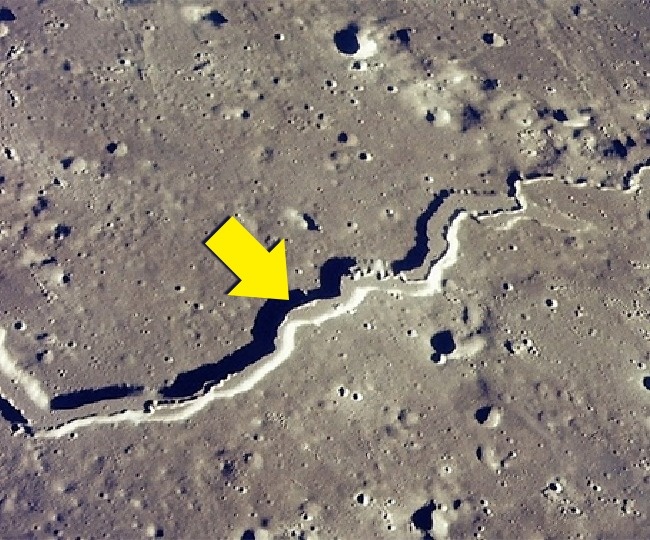
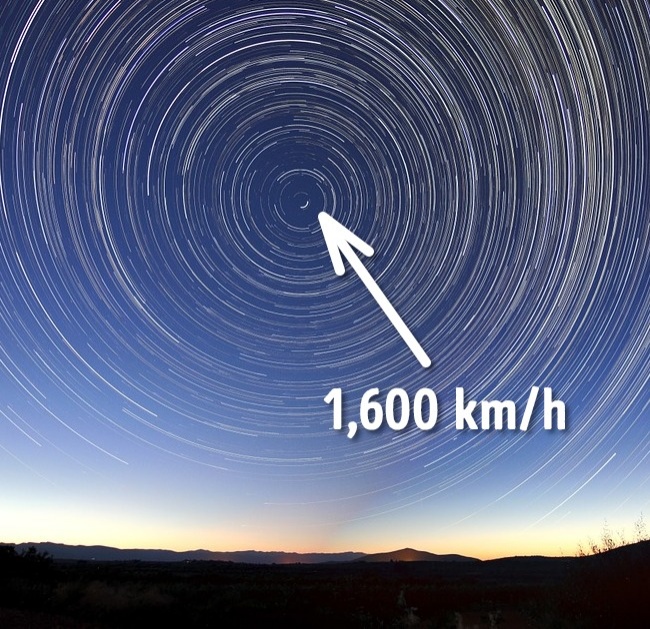
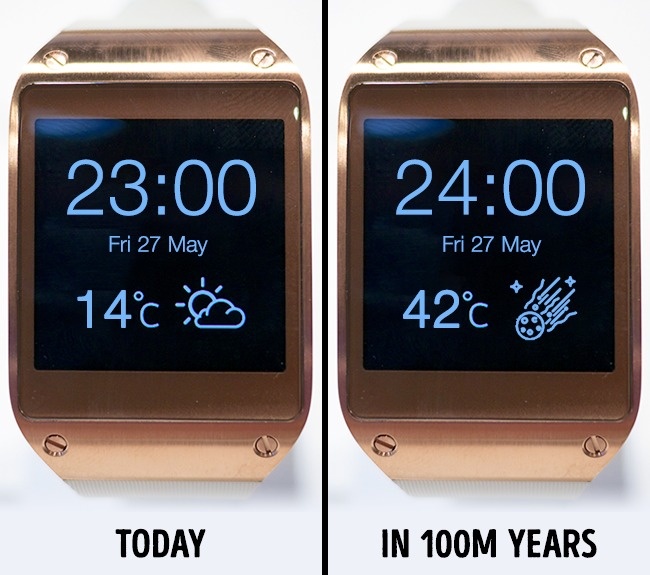
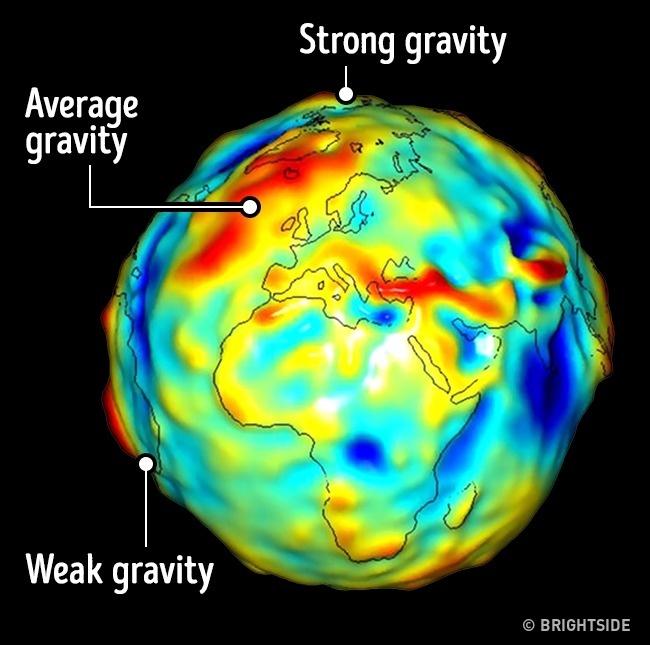
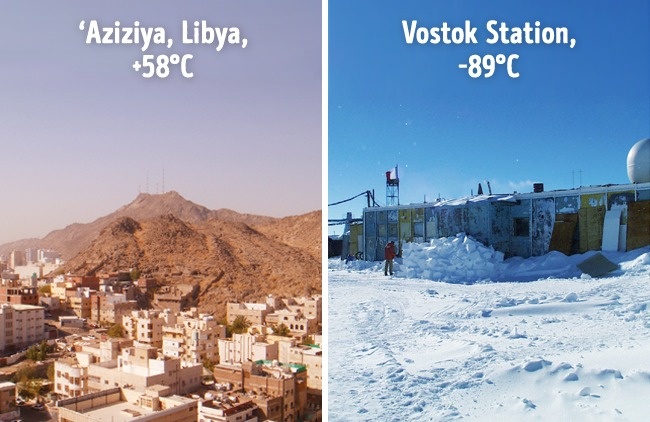
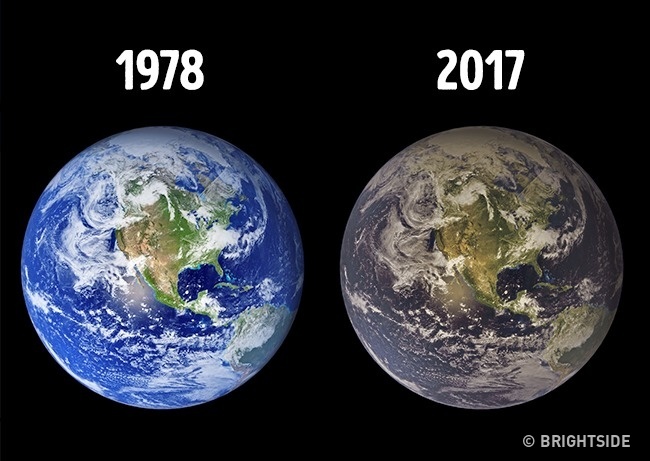
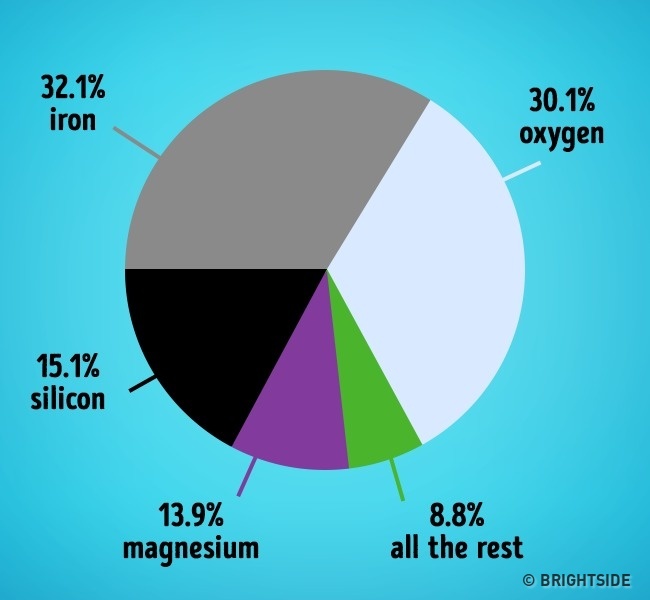
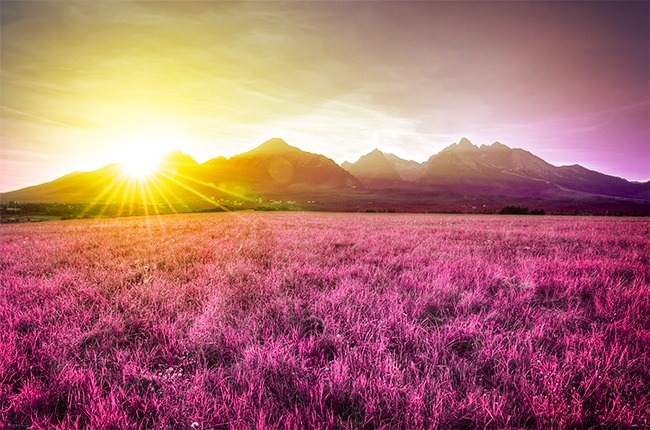
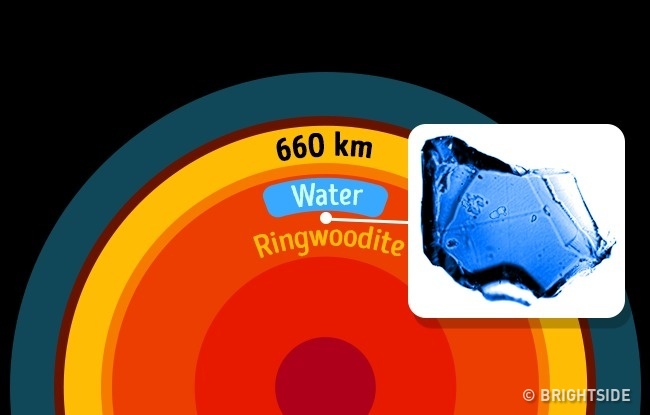


Comments